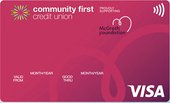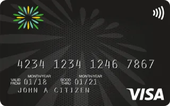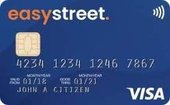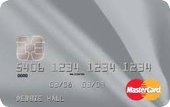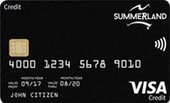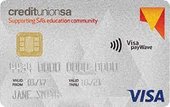
What’s the difference?
Credit unions vs big banks
A credit union is a member-owned financial institution, meaning it prioritises its members’ benefits over shareholder profits, unlike banks. While smaller than major banks, credit unions offer similar products, including transaction accounts, home loans, and credit cards.
Most credit unions serve specific regions or communities in Australia, but all provide online banking for convenience, no matter where you are.

Types of credit union credit cards available
Credit union credit cards focus on value and affordability, typically offering low rate credit cards. These cards feature:
- Competitive balance transfer offers. 6-12 months 0% p.a.
- Low purchase rates. 8%–16% p.a. (compared to 20%+ for some bank cards).
- Low or no annual fees. $0–$50, keeping costs down.
Banks, on the other hand, offer a wider variety of cards, including premium cards with rewards programs like frequent flyer, rewards points, cashback, and many more.

What's the requirements to become a credit union member?
To access credit union products, you need to become a member, which usually involves signing up as a customer. Some credit unions charge a nominal $1 membership fee.

How to compare and find the best credit union credit card that suits you
- Interest rates. Credit union cards typically have lower purchase rates than bank cards. Some apply the same rate to purchases and cash advances, unlike banks, which often charge higher rates for cash advances.
- Balance transfers. Many credit union cards don’t offer balance transfers, and those that do rarely provide 0% introductory rates, unlike some bank cards.
- Annual fees. Most credit union cards have low ($0–$100) or no annual fees. Compare features to ensure the fee is worth it.
- Rewards. Credit unions offer fewer rewards cards than banks, but some provide points or link to frequent flyer programs, like Qantas or Velocity.
- Complimentary extras. Only premium (gold or platinum) credit union cards may include perks like free travel insurance, no international transaction fees, or concierge services.
- Branch access. Credit unions often have smaller branch networks than banks. Check branch locations and online banking options to ensure they suit your needs.

